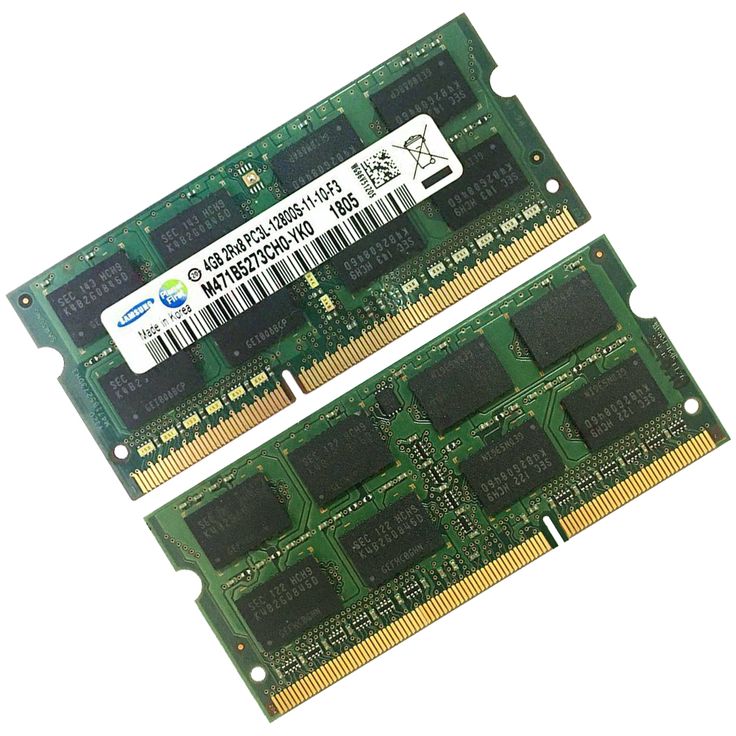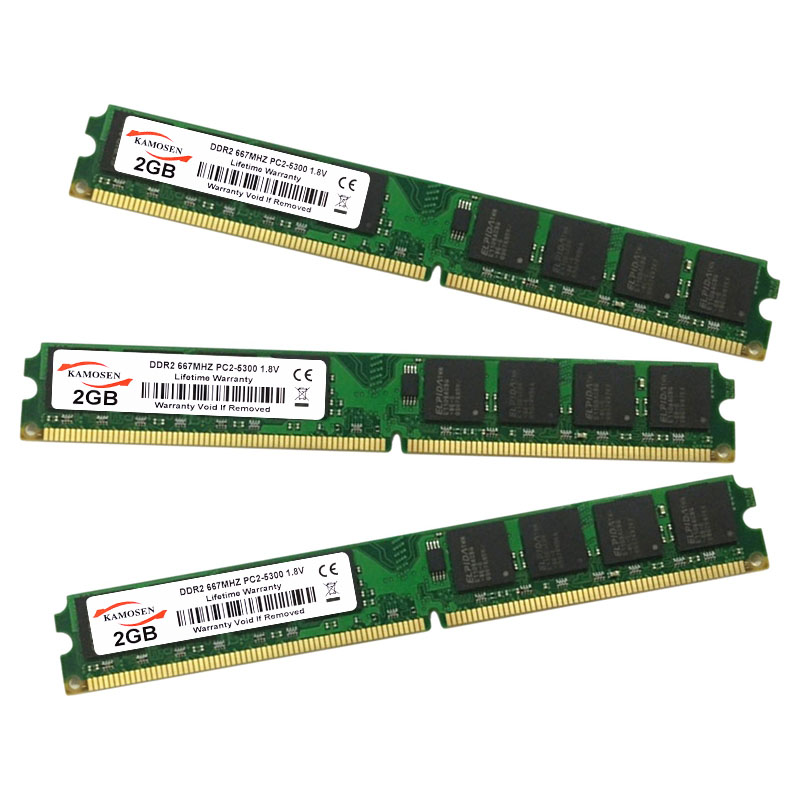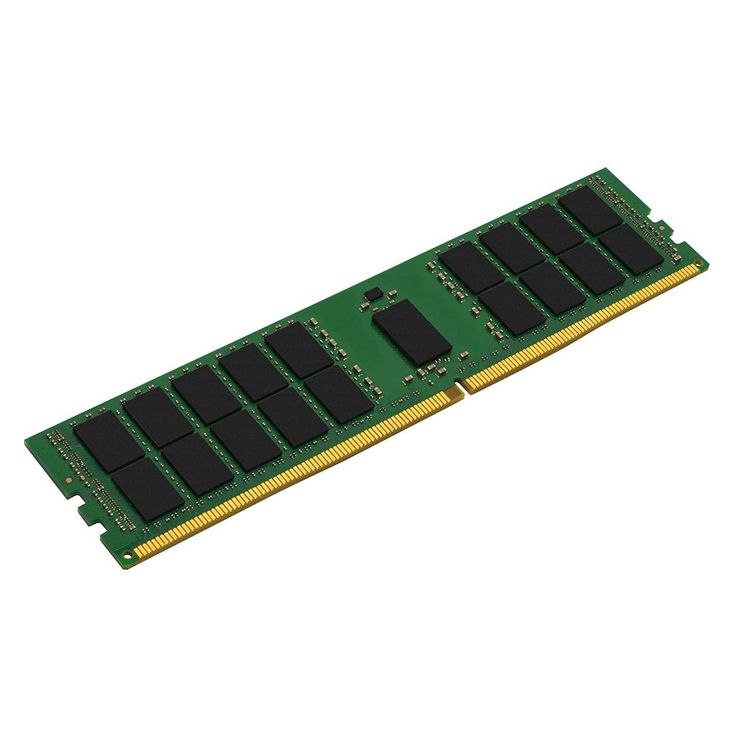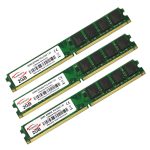Evolution of Memory Module Design
The design of memory modules has undergone significant changes over the years. Initially, memory modules were bulky and had limited capacity. Modern memory modules, however, are compact, efficient, and have higher capacities. This evolution is crucial for the development of advanced computing systems.

Early memory modules used in computers were primarily based on magnetic-core memory technology. This technology was soon replaced by semiconductor memory modules. These semiconductor-based modules were faster and more reliable. Over time, advancements in integrated circuit technology have allowed for even smaller and faster memory modules. This has enabled the design of multi-gigabyte and terabyte memory capacities in today’s computers.
Furthermore, the introduction of dual in-line memory modules (DIMMs) marked a significant enhancement in memory module design. DIMMs allow for double-sided memory chips, increasing the module’s capacity without compromising the size. This design is widely used in modern computers, enhancing both their performance and their ability to handle more complex tasks.
Each stage of memory module evolution has contributed to the massive increase in data processing speeds and efficiency, catering to the growing demands of today’s technology-driven world.
Key Components of Modern Memory Modules
Modern memory modules consist of several crucial components that work together to deliver efficient performance:
- Memory Cells: At the heart of the module, memory cells store the data. They are arranged in a grid-like pattern.
- Capacitors and Transistors: These provide the electrical charge needed to maintain the data in the cells.
- Address Lines: They help locate and access specific memory cells during data retrieval and storage.
- Data Lines: Used to transfer data in and out of the memory module.
- Control Lines: Control signals that direct the operation of reading from and writing to the memory module.
- Timing Circuitry: Ensures data is moved in sync with the computer’s system clock for maximum efficiency.
Each component is engineered with precision to ensure that modern memory modules can handle the increasing demands for speed and capacity in computing tasks. These are key to supporting complex applications and multitasking environments that are common in today’s technology landscape. The advancement of these components continues to play a pivotal role in the progressing capabilities of electronic devices.
Breakthrough Technologies in Memory Module Manufacturing
In recent years, breakthrough technologies have reshaped memory module manufacturing. These advancements have enormous implications for performance, capacity, and efficiency.
Advanced Lithography Techniques
New lithography methods have enabled denser circuits on memory chips. This means more data can be stored on a single chip, boosting capacity. Extreme ultraviolet (EUV) lithography is a prime example. It allows for smaller, more precise patterns, leading to a leap in memory module density.
3D Stacking Technology
3D stacking has revolutionized memory module design. Manufacturers can now layer memory cells vertically. This dramatically increases the module’s capacity without expanding its footprint. The stacking technique not only optimizes space but also improves data transfer rates.
High Bandwidth Memory (HBM)
HBM represents a significant shift in memory architecture. It uses a wide-interface architecture to deliver high-speed data transfer. This paves the way for enhanced graphics performance and real-time data processing, crucial for gaming and AI applications.
Energy-Efficient Fabrication
Energy-efficient memory modules are now possible with new fabrication processes. These processes use less power, reducing operational costs and the environmental impact. Additionally, they enhance the longevity of the memory module, ensuring stable performance. Technologies such as Low Power Double Data Rate (LPDDR) are at the forefront of this change.
These cutting-edge manufacturing techniques are key to meeting the growing demands for higher performance and capacity in computing. They underscore the relentless pursuit of innovation within the memory module industry, aiming to deliver ever more capable and efficient memory solutions.

The Impact of Memory Modules on Computing Power
The influence of memory modules on computing power is profound and multifaceted. Enhanced memory modules propel the capabilities of computers, allowing for faster data processing and more efficient multitasking. With each advancement in memory module technology, computers gain the ability to run complex applications more smoothly and handle larger data sets with ease.
The speed at which a computer can operate hinges largely on the efficiency of its memory modules. Faster memory leads to quicker data access and retrieval, which directly translates to increased computing speeds. This improvement is crucial for tasks that demand rapid processing, such as video editing, gaming, and running sophisticated simulations.
Moreover, the capacity of memory modules has a direct correlation with computing power. More memory allows for more applications to run simultaneously without compromising performance. This is particularly valuable in an era where users often juggle numerous tasks and require their devices to keep pace with their multi-threaded workflows.
Another aspect where memory modules impact computing power is in energy consumption. The latest energy-efficient memory modules perform at high levels while minimizing power usage. This not only cuts down on operational costs but also contributes to the longevity of devices, as the reduced heat output from lower power consumption means less stress on the system’s components.
In short, memory modules are the backbone that supports the ever-growing demands placed on computing systems. Their continuous evolution is what enables advancements in computing power, aligning with the need for better performance in a technology-driven world.
Trends in Memory Module Capacities and Speeds
Memory module capacities and speeds have seen a rapid increase, reshaping computing potential. In the beginning, computer memory capacities were measured in mere megabytes. Today, they stretch into the terabytes, showing incredible growth. As data-intensive applications proliferate, the need for vast, quick memory has never been greater.
The trend in memory speeds is equally impressive. With advancements in DDR (Double Data Rate) technology, we’ve moved from DDR to DDR4 and beyond, each iteration bringing about faster data transfer rates. This speed is essential for processing large sets of data quickly, a must in modern computing.
Moreover, we are witnessing a surge in the adoption of NVMe (Non-Volatile Memory Express) over traditional storage interfaces. NVMe offers blazing-fast read/write speeds, making it a game-changer for system performance.
With the introduction of technologies like HBM (High Bandwidth Memory) and GDDR6, used in high-performance computing and graphics, we are seeing memory modules reaching unprecedented speeds. These types of memory are tailor-made for handling the massive throughput required by advanced graphics, virtual reality, and AI applications.
Manufacturers are consistently pushing the envelope on memory module capacities and speeds. As the industry advances, expect even larger and faster memory modules to become standard, enabling more powerful and efficient computing across all devices.
Memory Module Compatibility and Standardization
As technology evolves, memory modules must remain compatible with a variety of computing systems. Standardization plays a crucial role in ensuring that memory modules can be effectively integrated across different platforms. Here’s how compatibility and standardization impact the utility of memory modules.
- Form Factor Standardization: This process ensures memory modules fit physically into different system slots. It includes specifications for dimensions and pin layouts. This consistency across form factors, such as DIMMs and SIMMs, allows memory modules to be used in multiple types of computers.
- Interface Standards: Standards like DDR, DDR2, DDR3, and DDR4 guarantee that memory modules interact seamlessly with motherboards. These standards address data transfer rates and are pivotal for backward and forward compatibility.
- Speed Compatibility: As memory speeds increase, new standards are established to match these advancements. Ensuring new memory modules are backward compatible is essential. It allows newer, faster modules to work with older systems, albeit at reduced speeds.
- Voltage Standards: Voltage standardization helps in maintaining a balance between power consumption and performance. Adjusting the voltage requirements for memory modules as per common standards ensures safety and stability.
- Error Checking and Correction (ECC): Standardizing ECC protocols helps in maintaining data integrity across different systems. This is vital for enterprise-level applications where data accuracy is crucial.
Standardization agencies like JEDEC play a significant role in setting these memory module standards. Following these standards is essential for manufacturers to ensure broad compatibility and functionality of their products across various platforms.

Overall, compatibility and standardization in memory modules are key to enhancing user experience, ensuring interoperability, and fostering technological advancements in computing.
Challenges in Memory Module Development
While advancements in memory module technology have led to significant improvements, developers face several challenges. Addressing these issues is crucial to ensure the continued evolution and effectiveness of memory modules in computing systems.
Managing Heat Dissipation: As memory modules become faster and more dense, heat generation increases. Efficient heat management is essential to prevent overheating, which can lead to performance throttling or hardware failure. Developers are continuously seeking innovative cooling solutions to address this challenge.
Balancing Performance and Cost: High-performance memory modules are in demand, but they must also be cost-effective. Finding the right balance between cutting-edge features and affordability is a constant challenge for manufacturers.
Ensuring Reliability: Memory modules must be reliable over substantial periods. With each new technology, extensive testing is required to ensure longevity and stable performance, adding to development time and costs.
Compatibility with Existing Systems: As new memory technologies emerge, they must be compatible with a range of existing hardware. This requires careful design considerations to ensure backward compatibility without compromising the benefits of new advancements.
Physical Size Limitations: There is an ongoing challenge to increase memory capacity without increasing the physical size of the modules. Innovative designs such as 3D stacking help, but there are limits to how much can be packed into a given space.
Electromagnetic Interference (EMI): As circuits become denser, the risk of EMI increases, which can disrupt system operation. Manufacturers need to adopt new materials and design practices to minimize EMI.
The Future of Memory Module Innovations
The future of memory module technology is vibrant and promises many exciting developments. As data demands grow, innovations are key to keeping pace with user needs. Below are potential trends and breakthroughs in memory module technology.
- Increased Density: Memory modules will likely hold more data in less space. Look for continued advances in 3D stacking and lithography to make this possible.
- Faster Speeds: Technologies such as DDR5 and beyond will push memory speeds even higher. This will support quick data processing for complex tasks.
- Improved Energy Efficiency: As eco-friendly tech becomes vital, expect memory modules that use less power. Innovations in LPDDR tech are among those leading this change.
- Enhanced Durability: Memory modules must last longer and be more reliable. New materials and manufacturing techniques will focus on this goal.
- Artificial Intelligence Optimization: AI applications need fast, efficient memory. Future modules will be optimized for AI tasks, boosting their real-time processing capabilities.
- Universal Compatibility: We could see a push towards more universally compatible memory standards. This would make it easier to use memory modules across various devices.
- Sustainable Manufacturing: The drive for environmentally friendly production will shape memory technology. Look for processes that reduce waste and save energy.
In short, memory module innovations will continue to advance, addressing speed, capacity, efficiency, and sustainability. These developments will power the next generation of computing devices, making technology faster, more capable, and more accessible to all.

